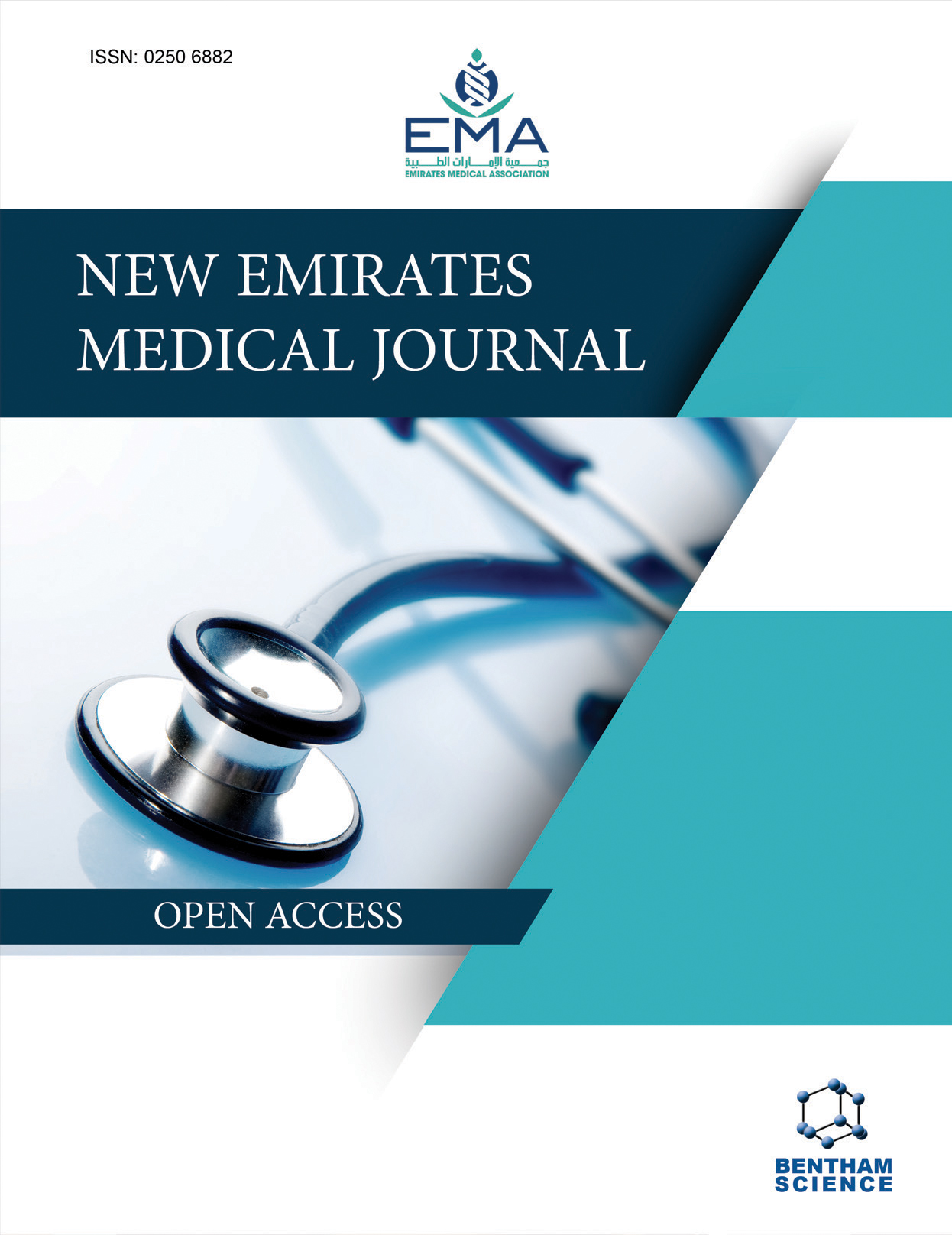-
oa A Study on Bacterial Urinary Tract Infections, Antibiogram, and Antimicrobial Practices among Healthcare Providers in a Tertiary Care Facility in India
- Source: New Emirates Medical Journal, Volume 5, Issue 1, Jan 2024, E02506882361055
-
- 22 Oct 2024
- 10 Feb 2025
- 01 Jan 2024
Abstract
Globally, urinary tract infections (UTIs) have attracted the attention of clinicians and have become a serious public health threat. Management of UTIs has become a growing concern for clinicians due to increased antimicrobial resistance (AMR). The present study was conducted to identify the most diagnosed uropathogens causing UTIs among Inpatient Department (IPD) and Outpatient Department (OPD) patients visiting a tertiary care health centre and also to analyse the patterns of prescribed antibiotics based on physicians’ empirical and urine culture-based approach. Furthermore, this study sought to evaluate the sensitivity patterns of selected bacteria against antibiotics used to treat UTIs among patients.
This study was undertaken for a period of three years at the Department of Medicine in collaboration with the Department of Microbiology. Mid-stream clean catch urine samples were collected from UTI suspects from both IPD and OPD patients and processed for culture and susceptibility testing as per standard guidelines. Univariate and bi-variate descriptive statistical techniques were used to analyse the data.
A total of 2400 urine samples were processed for culture and sensitivity testing, out of which 200 samples were found positive. Escherichia coli was the most frequently isolated urinary pathogen in both OPD and IPD patients (55.3% and 74.4%, respectively). Empirically, the most commonly prescribed antibiotic was piperacillin/tazobactam (13%), while the culture-based antibiotic was nitrofurantoin (20%). The findings highlight that more than 95% of isolates of the most prevalent uropathogen E. coli were sensitive to amikacin, ciprofloxacin, imipenem, and nitrofurantoin, whereas more than 90% were sensitive to ceftazidime, cefoperazone sulbactam, and piperacillin/tazobactam.
Increasing resistance to common antibiotics necessitates a reevaluation of both empirical and culture-based antibiotic approaches. The findings of this study are of significant importance and highlight the need to develop a targeted antibiogram for UTI, understand the trends in antimicrobial resistance (AMR), and ensure the rational selection and antibiogram both in empirical and culture-based approaches.


